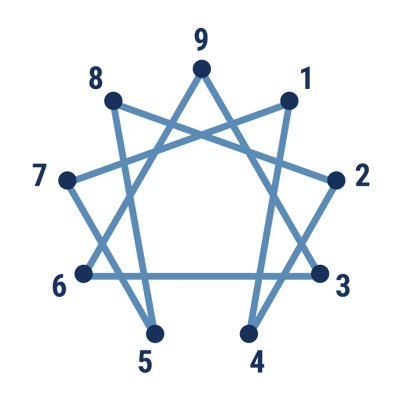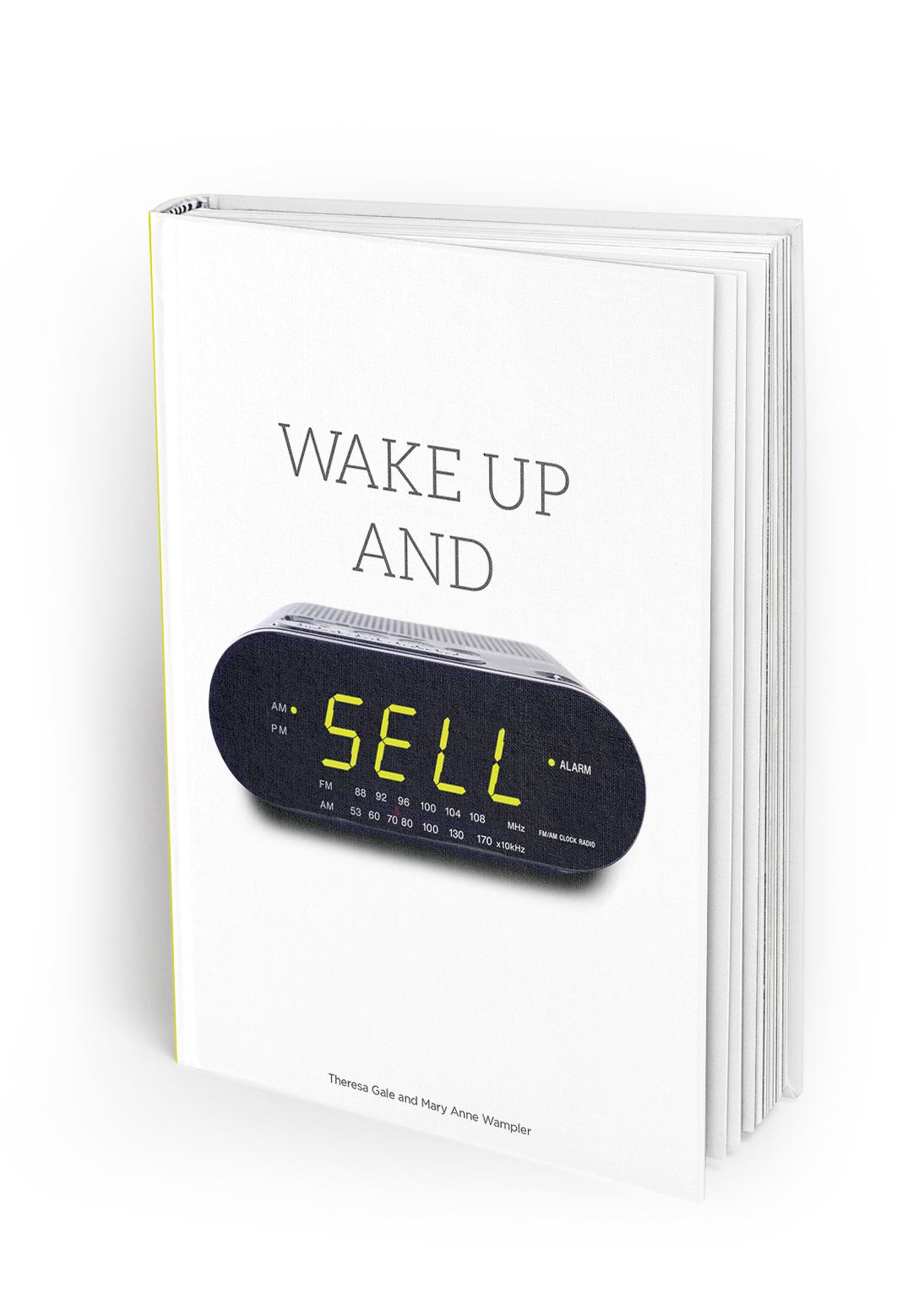Those in positions of leadership continue to agonize over how to effectively manage millennials. Just “google” the term “managing millennials” and you’ll be presented with more than 600,000 results. Do the same on Amazon and you’ll find 200 plus books to read on the topic.
In the 6 or so years since the first millennials began entering the professional workforce, more seasoned leaders and some of lesser tenure have overlooked the fact that every new generation comes with its own set of challenges. Instead, the resources on the topic have overflowed and we have succumbed to the deafening barrage of information available.
Effective leadership has always involved actively identifying the traits of the people we work with and developing a means to motivate them. The most successful of leaders have always asked themselves the following questions:
- Who is the personality we are trying to lead and what are our goals?
- What is the best way to motivate them?
- In light of our goals, what strategies can we employ?
- How can we measure the effectiveness of our actions and the growth of the employee?
Identifying the goals is the easy part and probably the reason you are reading this article. Adopting personality models such as the DISC test or the Enneagram should be your first step to better understanding the individual. The resulting information will be an invaluable resource as you manage this person daily, weekly and even as you develop any employee over extended periods of time. You will uncover hidden motivators and what impedes their success.
I recently had to adjust from a staff comprised of veterans of the industry to a younger group made up of mostly millennials. My leadership skills were tested. Utilizing the above set of questions, I tactfully went about examining each employee individually, exploring the many ways in which I could influence their behavior, grow their skill set and reinforce the positive growth. Using the DISC test they became an active participant in their development. I got to see not only the individual but the makeup of the larger group, where we can exploit our strengths and the gaps we need to work on.
Continuing to belly ache about the newest generation in the workplace is just a waste of time. Armed with this new insight you can develop plans that will significantly improve your results with individuals as well as your entire team and not just the millennials.
Guest Contributor, Emily Dorr
VICE PRESIDENT & CREATIVE DIRECTOR, JEAN PETERSON DESIGN




